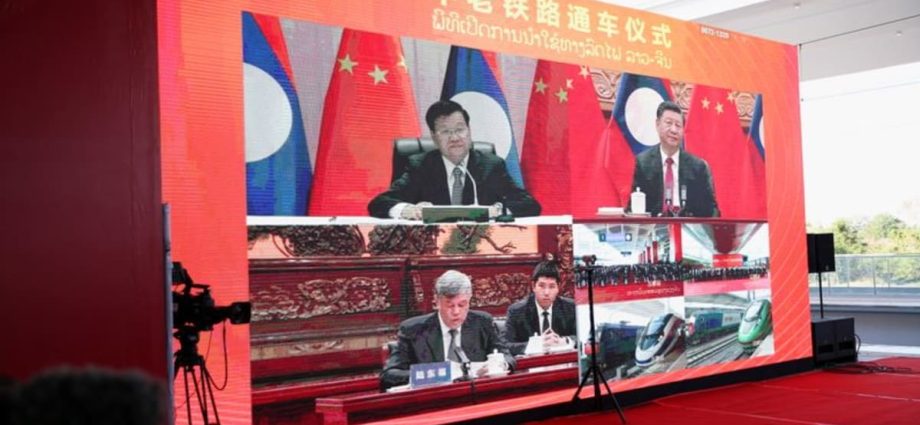
For Laos, its rhetoric that a debt default is not likely stands at odds with its actions. As early as 2021, Laos began to unbundle its liabilities – most notably, state-owned energy company Electricite du Laos which makes up around 37 per cent of Laos’ external debt.
Electricite du Laos and the China Southern Power Grid company signed a 25-year concession agreement establishing EDL-T, effectively giving the latter a majority stake and the rights to export Laos’ electricity overseas, potentially depriving Laos of revenue.
SUBSTANTIAL COST OF ADDRESSING LAOS’ LIQUIDITY CRISIS
The cost of addressing Laos’ liquidity crisis is substantial. The World Bank estimates that servicing the deferred Chinese debt is about four times that of concessional loans, with the deferrals having been resettled at market interest rates.
Unlike the situations in Sri Lanka and Zambia, China has moved uncharacteristically fast in providing substantial loan deferrals. But as with Sri Lanka and Zambia, China has also so far been unwilling to take a haircut on its debt, despite obvious signs that this will ultimately be necessary and to everyone’s benefit.
China needs to do more for Laos, and do it quickly. The human cost of this debt crisis on top of the pandemic will be felt for decades.
Indications suggest that since protests last year sparked by the economic travails, many Laotians have headed west to Thailand for work opportunities. The rising cost of food and fuel has detrimental health consequences, too. The World Bank has warned last year that a third of Laotian children under five were stunted largely due to malnutrition and that this was getting worse.
Laos offers up a chance for China to do the right thing with minimal hassle as its single largest creditor and for what Laos deems as its last resort.
Mariza Cooraya is a research fellow and senior economist at the Lowy Institute’s Indo-Pacific Development Centre. This commentary first appeared on Lowy Institute’s blog, The Interpreter.

